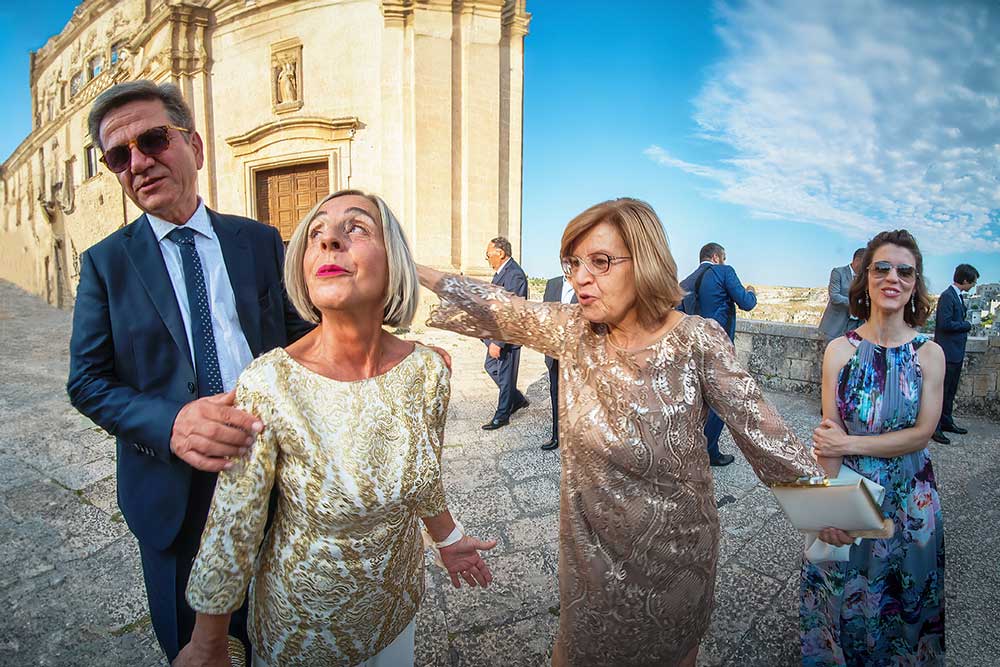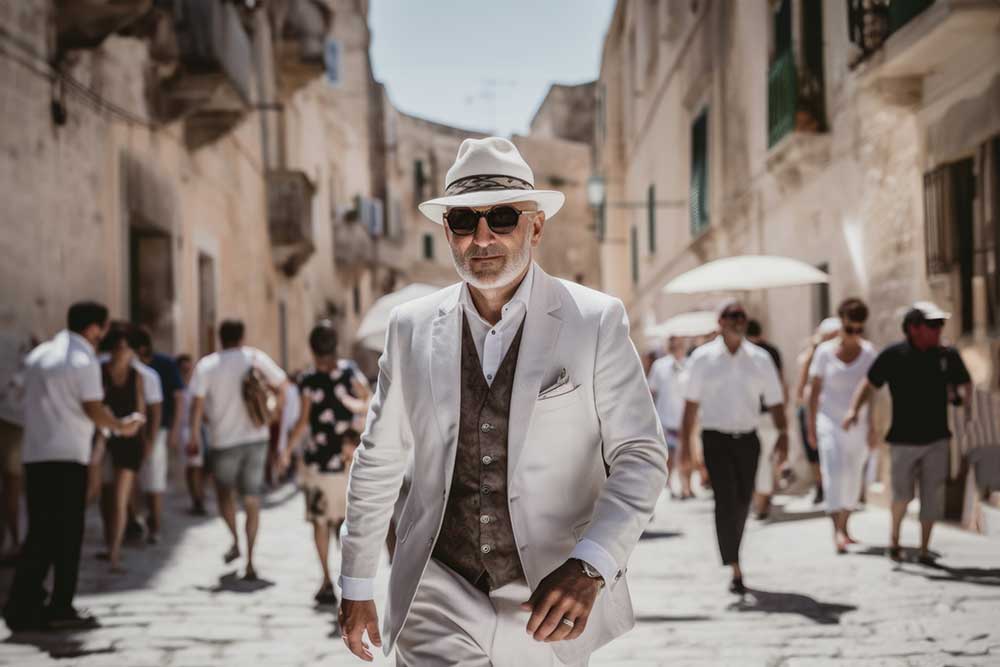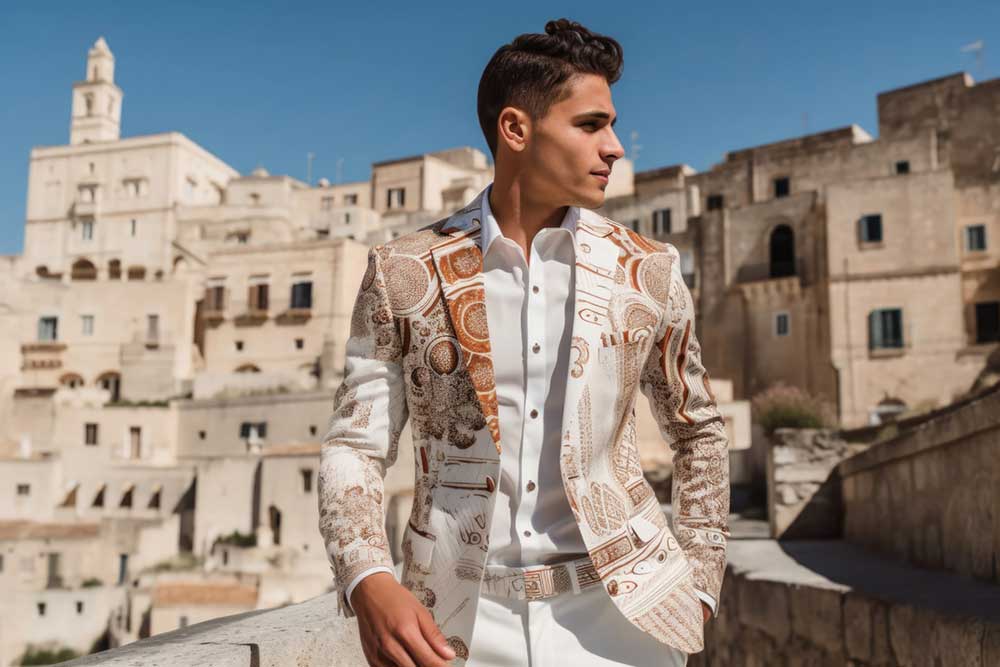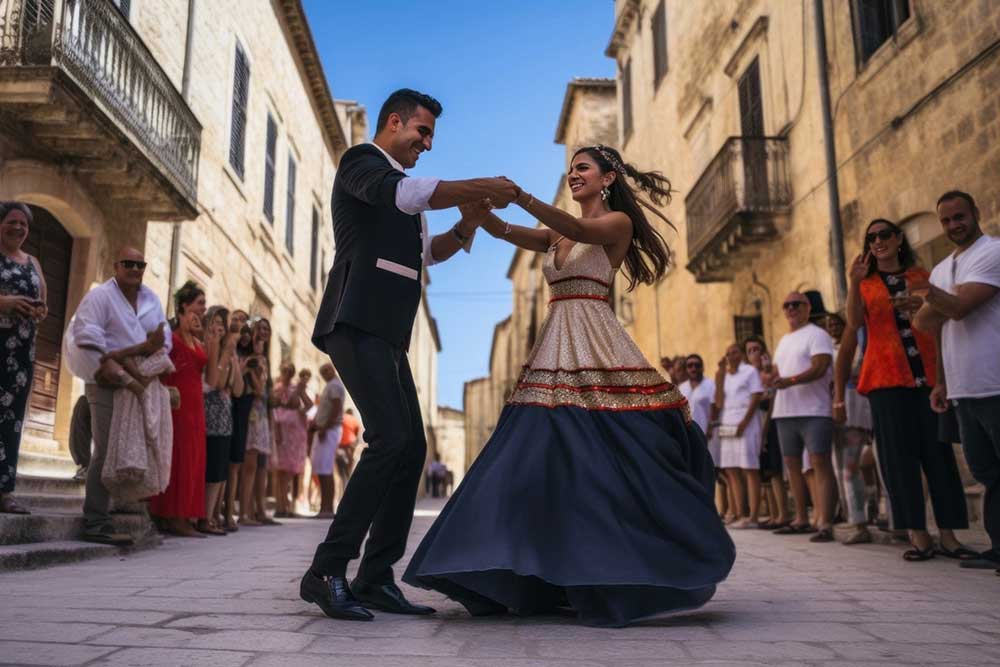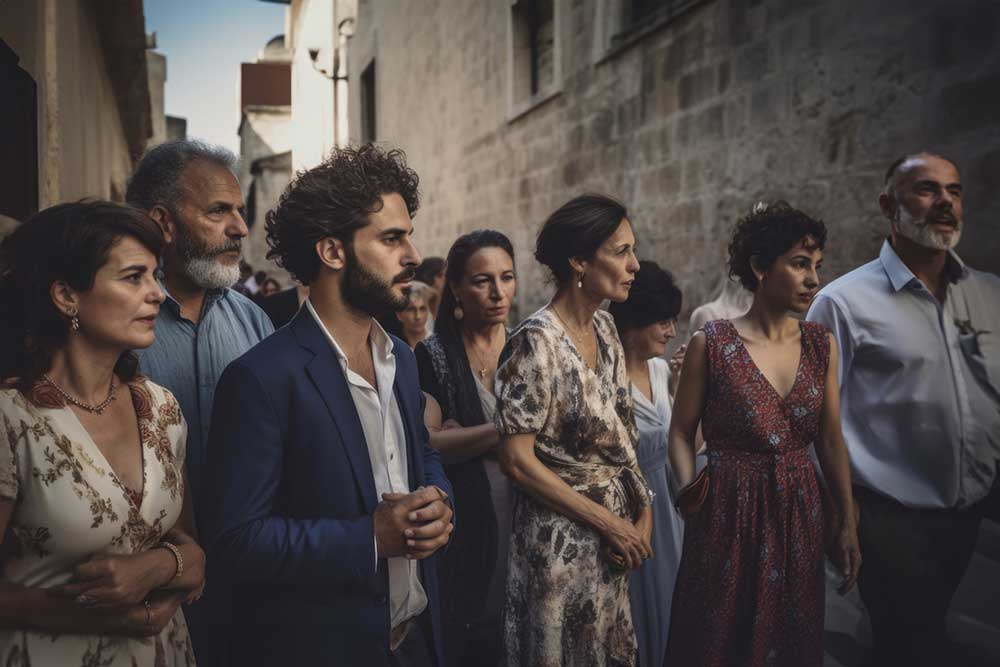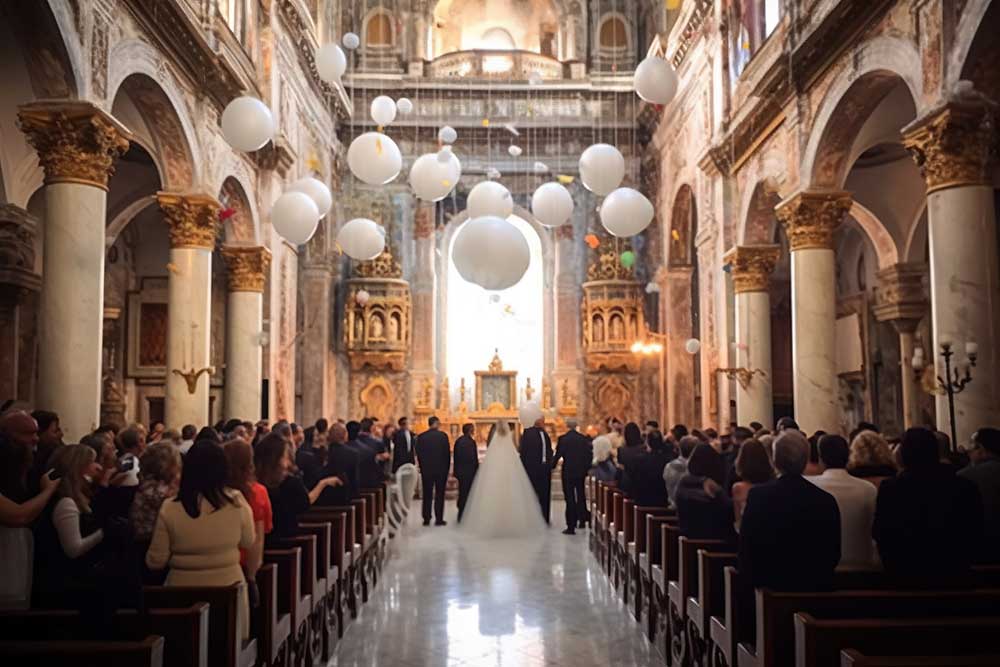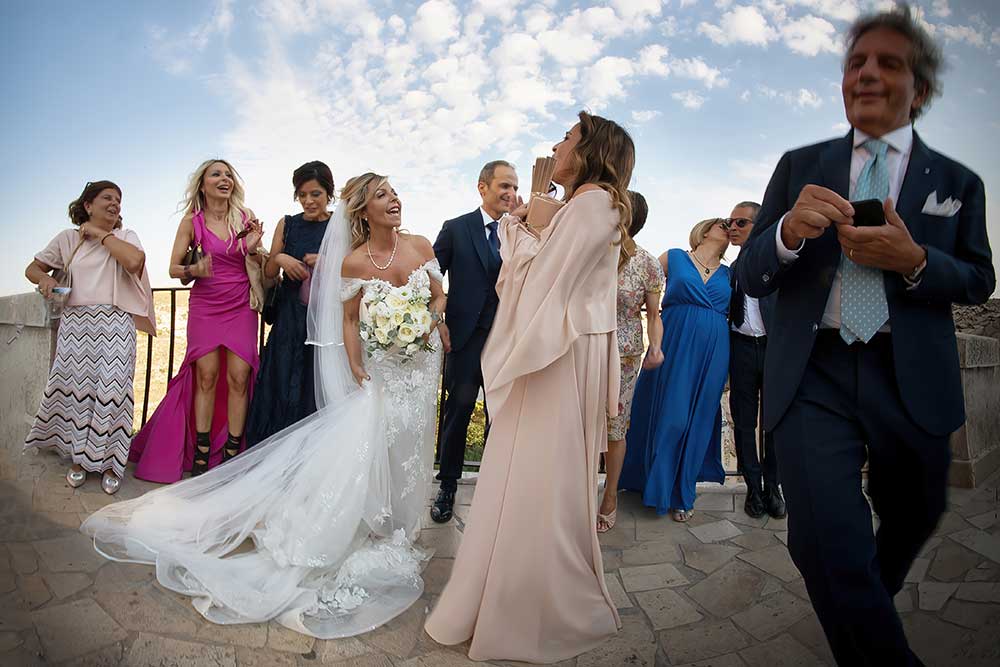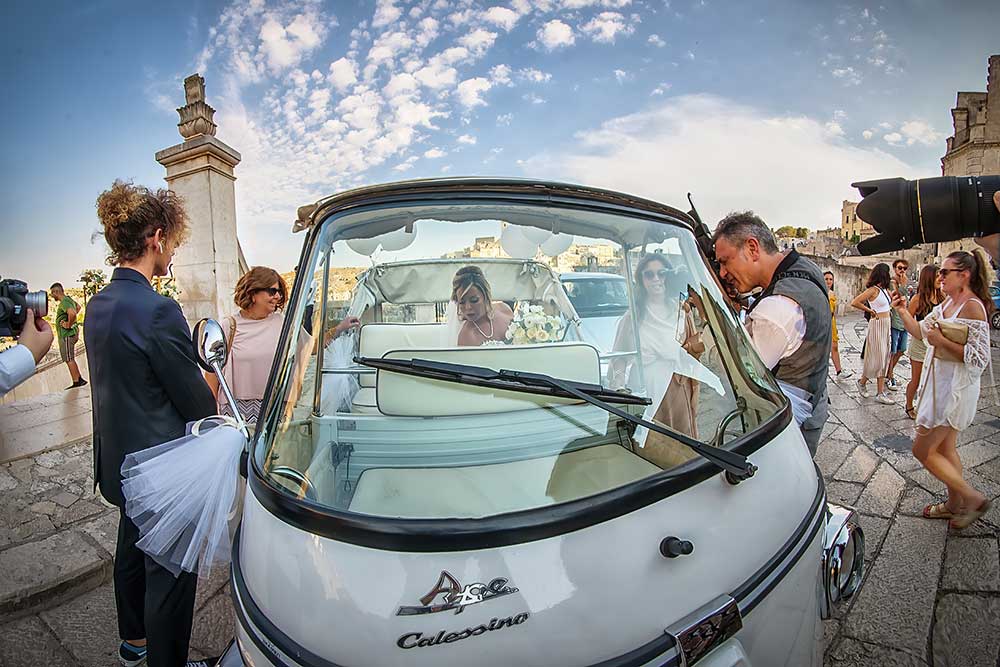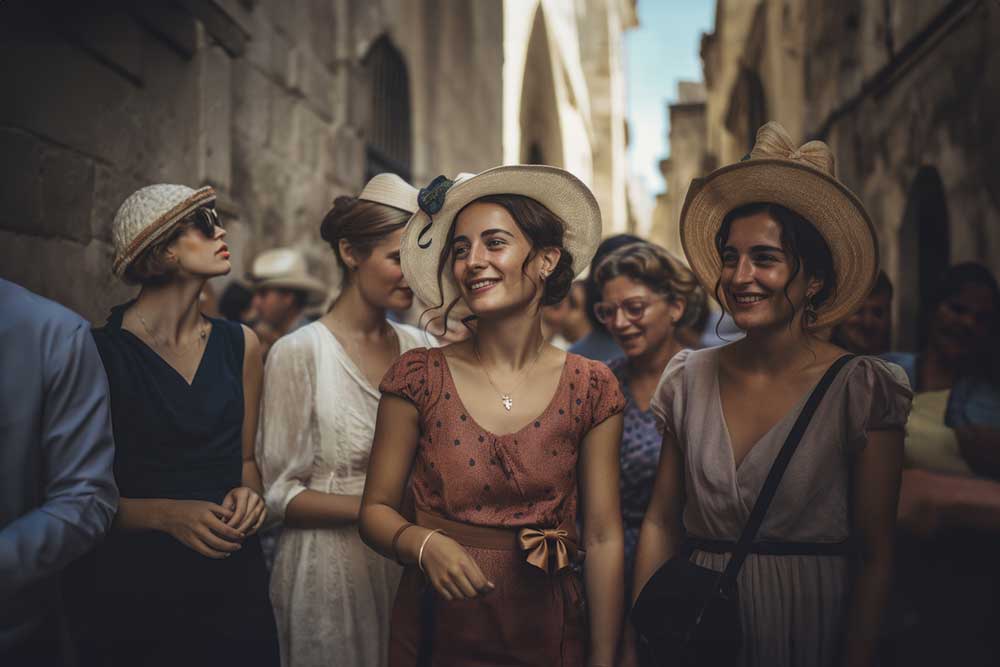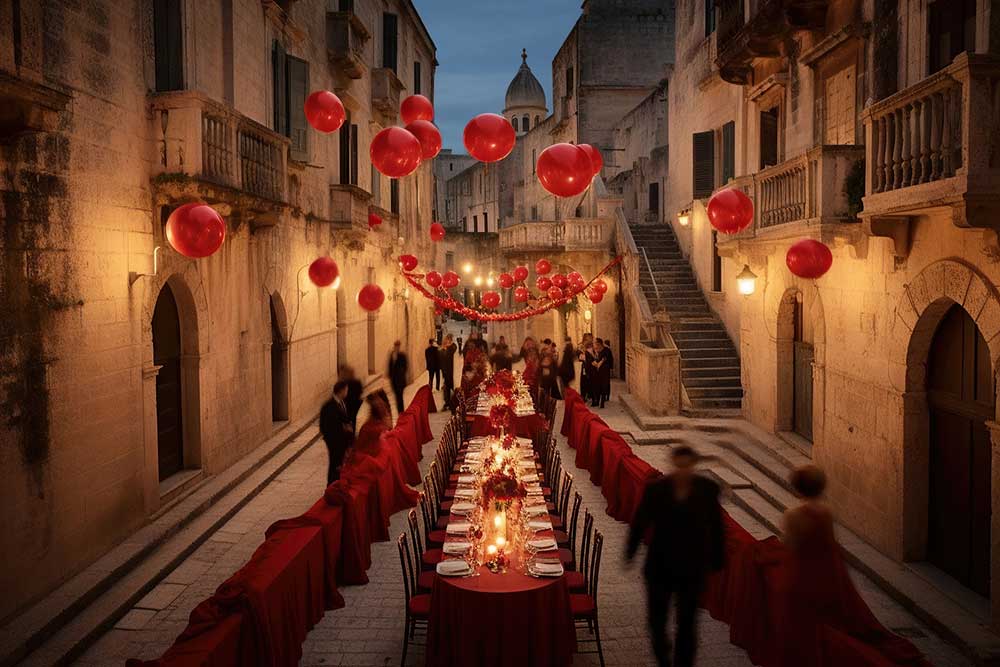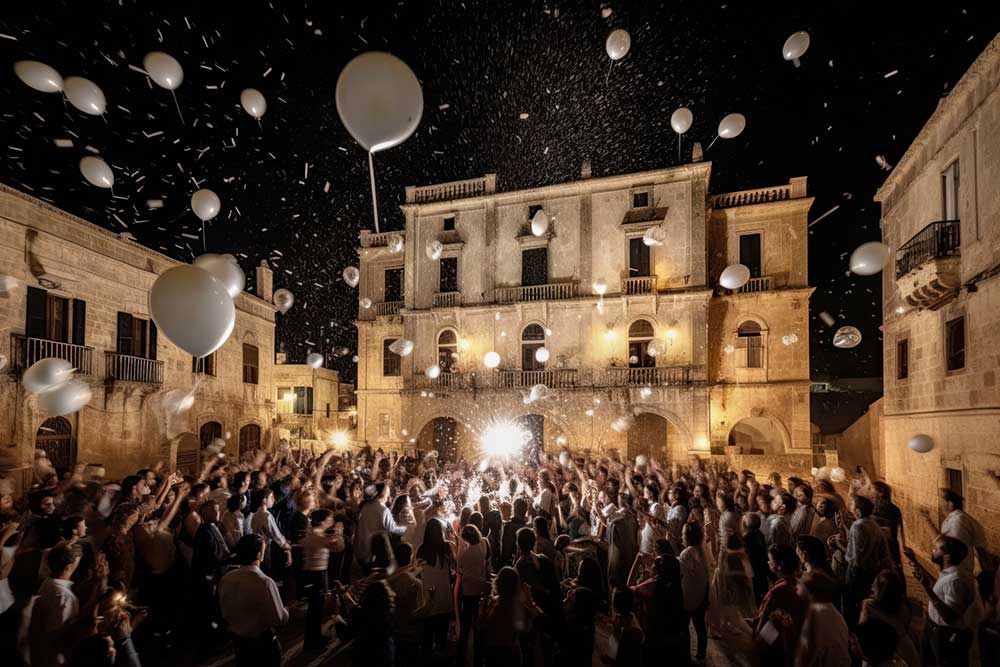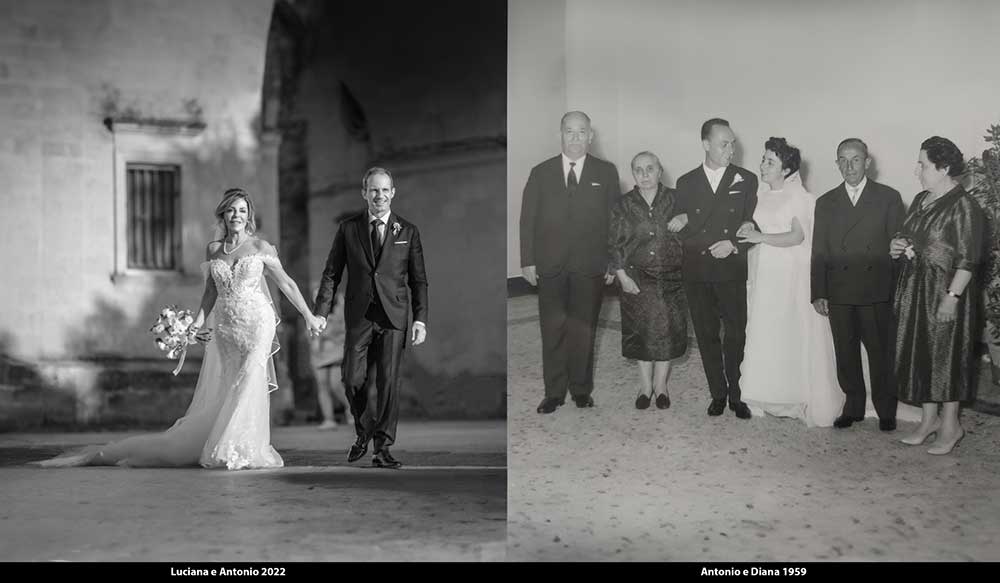My roots proudly lie in the deep South of Italy, precisely in Basilicata (or Lucania), a region of green mountains and arid limestone spaces, with two views of the sea, one on the Tyrrhenian Sea and the other on the Ionian Sea.
Basilicata has two provinces: Potenza and Matera which have never really been able to join together for the common good, but, on the contrary, waste energy on which of the two must prevail over the other, in a senseless parochial war.
I was born into a bi-provincial family, with a father from Potenza and a mother from Matera, so for me and my family this dualism has never existed, but a pragmatic philosophy of taking the best of both dimensions has always prevailed. To those who forced me to choose, Potenza was the best in winter, autumn and spring but Matera was the best in summer!
In Potenza I had school, friends, cold, dry air, snow, everyday life; in Matera there was freedom, exploration, cousins, the cool grandmother’s house full of little treasures, the baskets of still warm whipped cream in the morning for breakfast, the “piper” ice cream, the “cartoni”, that is, a small cardboard tube in which there were little prizes that were real treasures for us children, the burning heat, the green jealousies on the windows to see what was happening in the street but not be seen.
University days arrived and I chose to go to Pisa to study computer science and then came Olivetti in Ivrea and finally the European Software Institute in Bilbao. Potenza and the family was further and further away, the house of my grandmother from Matera was sold upon her death, Basilicata was slowly transformed into a blue nostalgia that kept the flame burning in my heart and which was rekindled those times I returned “home” to hug my mother, father (who died prematurely), brother and sisters..
As the years passed, this distance slowly transformed into rediscovery, especially when I took my Basque wife first, and later, together with her, my two children to the places of my childhood.
Last year, in the places where my roots lie, there was an event that had been hoped for for a long time by me and my family but almost unexpected by everyone. My sister Luciana got married to Antonio; a love born in the gym and matured in the times of COVID, between masks, missed bans and excuses to speed up coexistence.
My sister Luciana was born 11 years after my twin brothers and 13 after me; no one understands how, however, unlike me, my brother and my sister, Luciana has developed a strange tendency towards luxury, without having the means to afford it; at the same time she shaped herself with an extremely sensitive and caring character. I don’t know what she thinks on the matter, but in the eyes of her family, she wasn’t very lucky on the subject of “boyfriends” (I think she was negatively influenced by the film Pretty Woman)… but she finally met Antonio and on August 4, 2023 they got married!
In Southern Italy there continues to be a greater attachment to traditions, so a Southern Italian wedding is an event that tends to create an atmosphere suspended in time. In order not to wrong anyone, the guest list sometimes swells fearfully: “the granddaughter of the wife’s daughter”, “the friend of the friend who is engaged to the sister of the other friend”, are sentimental chains/obligations that it is necessary to scrupulously consider whether to invite, send a participation or exclude them from the list.
The location, the bride’s dress, the hairdresser/beautician, the pre-wedding reception, the request for compromise, always have great importance as well as the gestures, the cadences, the small steps staged before reaching the altar, the food and the party after the religious ceremony, the dances and the photographs which must portray absolutely everything that happens, before, during and after the event and possibly from different perspectives.
Luciana chose Matera as the setting for her wedding, a Matera now thousands of light years away from the one we knew and held in our hands when we were kids. A Matera stormed by tourists and the “location” of many weddings without roots in that land, which therefore in my opinion are stripped of their essence to remain empty in their perfection.
But in Luciana’s case the essence was made up of numerous summers spent at my grandmother’s house, in addition to the demonstrable blood ties with that land of Murge; my sister knew how to combine it very well with the “genius loci” of the place and the family memories of the time spent in those places.
He moved easily among photographers, priest (with price list in hand), singer in church who accompanied the organ, throwing rice, “apecar” with tour in the Sassi to find the best locations for photos, suffocating heat and scented waters for fight it, relatives, friends, restaurant in a farmhouse with swimming pool, dancing, innovative and traditional food, oysters and instantly made mozzarella. A relaxed but refined environment was created, cheerful but without too many tacky excesses.
I hope to convey and make people perceive the result of this whole complex organization totally self-managed by the married couple, through the images accompanying this article. Long live the bride and groom!!!!



